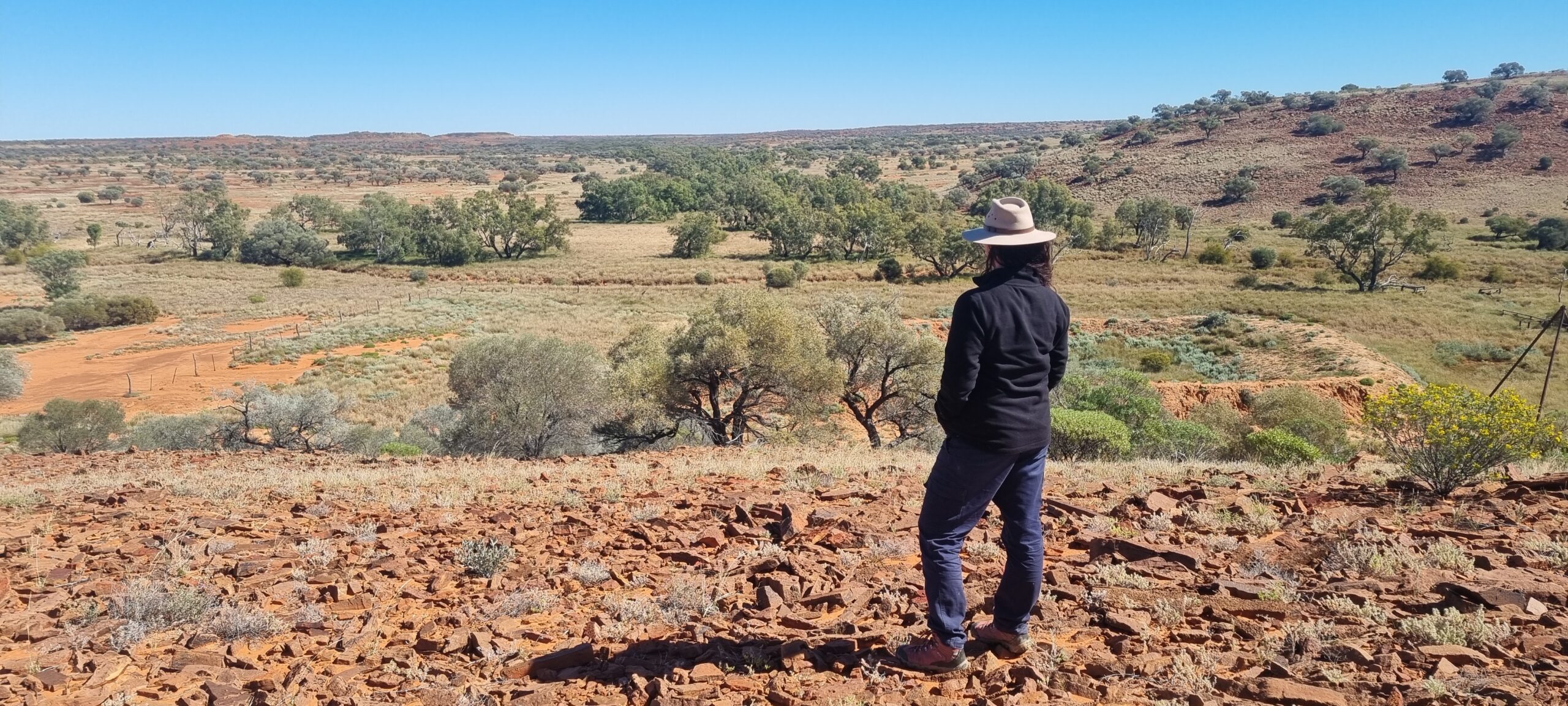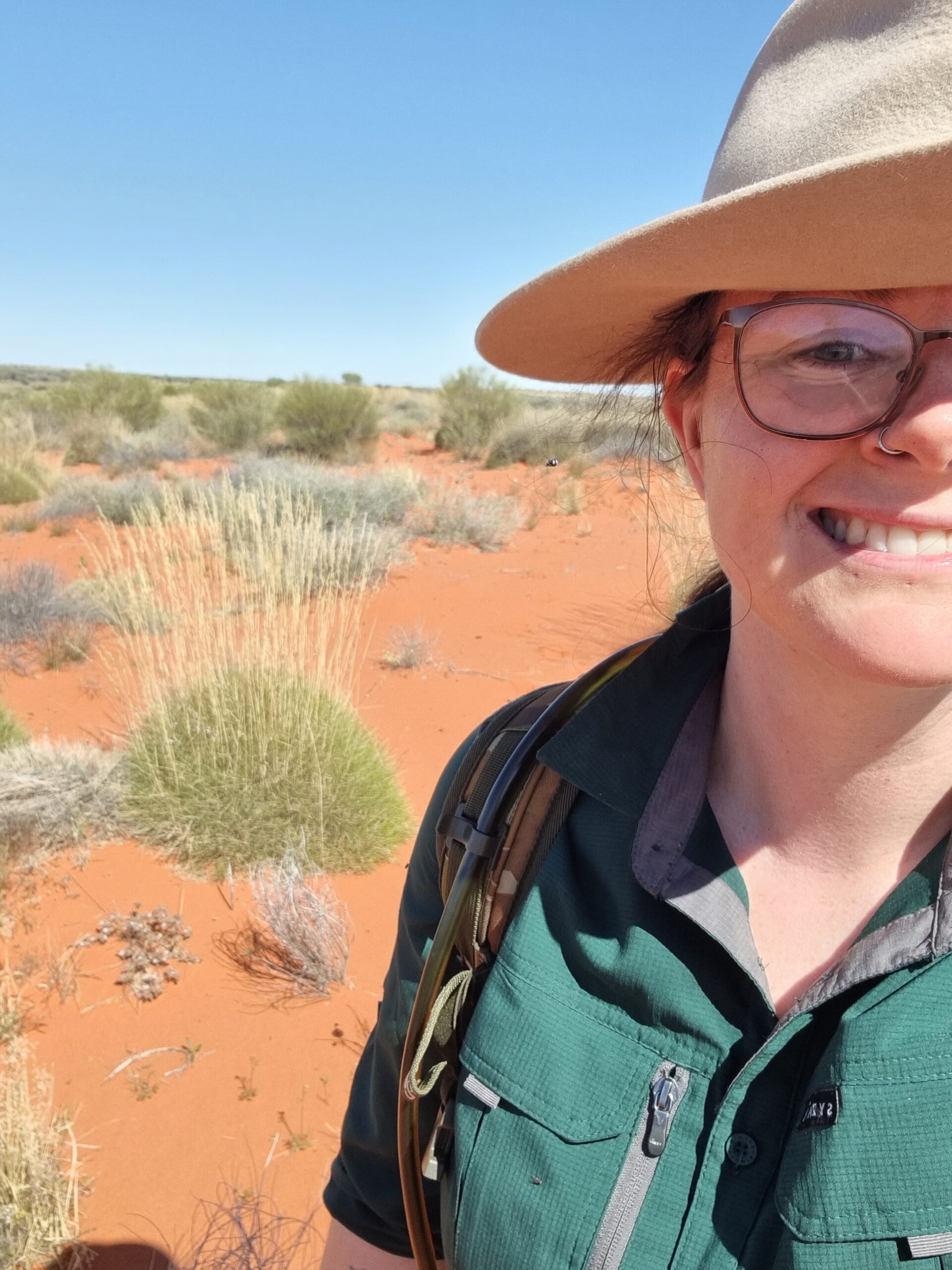News
Seeding the Future of the Conservation Sector

Bush Heritage recognises that to deliver on its mission and fulfill its responsibilities for the broader conservation sector, investment is needed to build a capable next generation of conservation scientists and leaders. That's why Bush Heritage launched its Seeding the Future program in 2022 with the support of a $754,819 grant over three years from VFFF to enable a dedicated program team to be established.
The program offers aspiring conservationists various entry points into environmental careers, providing mentoring and skill development in a range of roles and locations. In the second year of the grant, through the program Bush Heritage hosted 12 interns, 29 students on placements and six post graduate scholars to undertake critical research. Pleasingly the employment and academic outcomes for participants six months post program are strong, with 20% remaining employed at Bush Heritage, 47% employed in other parts of the conservation sector and 27% continuing with their studies.

At a recent Bush Broadcast webinar, the VFFF team enjoyed hearing from one of the interns in the program, Ella Raymond, a recent environmental science graduate with minors in wildlife ecology and biology from the Queensland University of Technology. Ella's work is focussed on using remote sensing technology to map invasive buffel grass at Bush Heritage's Ethabuka and Pilungah reserves om Wangkamadla countr in South West Queensland.
Growing up in a little town near the Alpine National Park in Victoria, Ella's love for nature started early and she was always keen to explore what a conservation career might look like. Although Ella was not in a position to pursue her dream immediately after high school, now she is able to, Ella is making the most of every opportunity. In her final year of university, Ella was selected to undertake a research project on the lowland rainforests in Malaysia and that experience held her in good stead when applying for this particular research-focused internship.
The aim of Ella's internship is to investigate the feasibility of using remote sensing technology, specifically open-sourced satellite derived imagery, to detect and map the buffel grass on the two reserves. Ella's work is seeking two outcomes – firstly the development of a methodology to utilise the technology, and secondly the delivery of maps showing the locations of this incredibly invasive perennial tussock grass species on the reserves, to help the Reserve Managers and ecologists at Bush Heritage manage the problem. The methodology Ella is developing, documenting and demonstrating, has the potential to offer an economical addition to the traditional field- based monitoring method currently in use.
Reflecting on her internship, naturally Ella speaks to the skills gained and the benefits to her career, but Ella also places enormous value on many other aspects of her experience. The opportunity to immerse herself in the vast, arid landscape of South West Queensland was a highlight, as it enabled Ella to be exposed to an incredible array of birdlife and wildlife and thanks to recent rainfall, spectacular displays of wildflowers. Ella also speaks fondly of the people she met during her time in this remote part of the country – from Bush Heritage's amazing team to the committed volunteers who trek long distances to assist with field-based monitoring and mapping projects.
With young people like Ella leading the way, there is no doubt the future of the conservation sector is in capable hands.